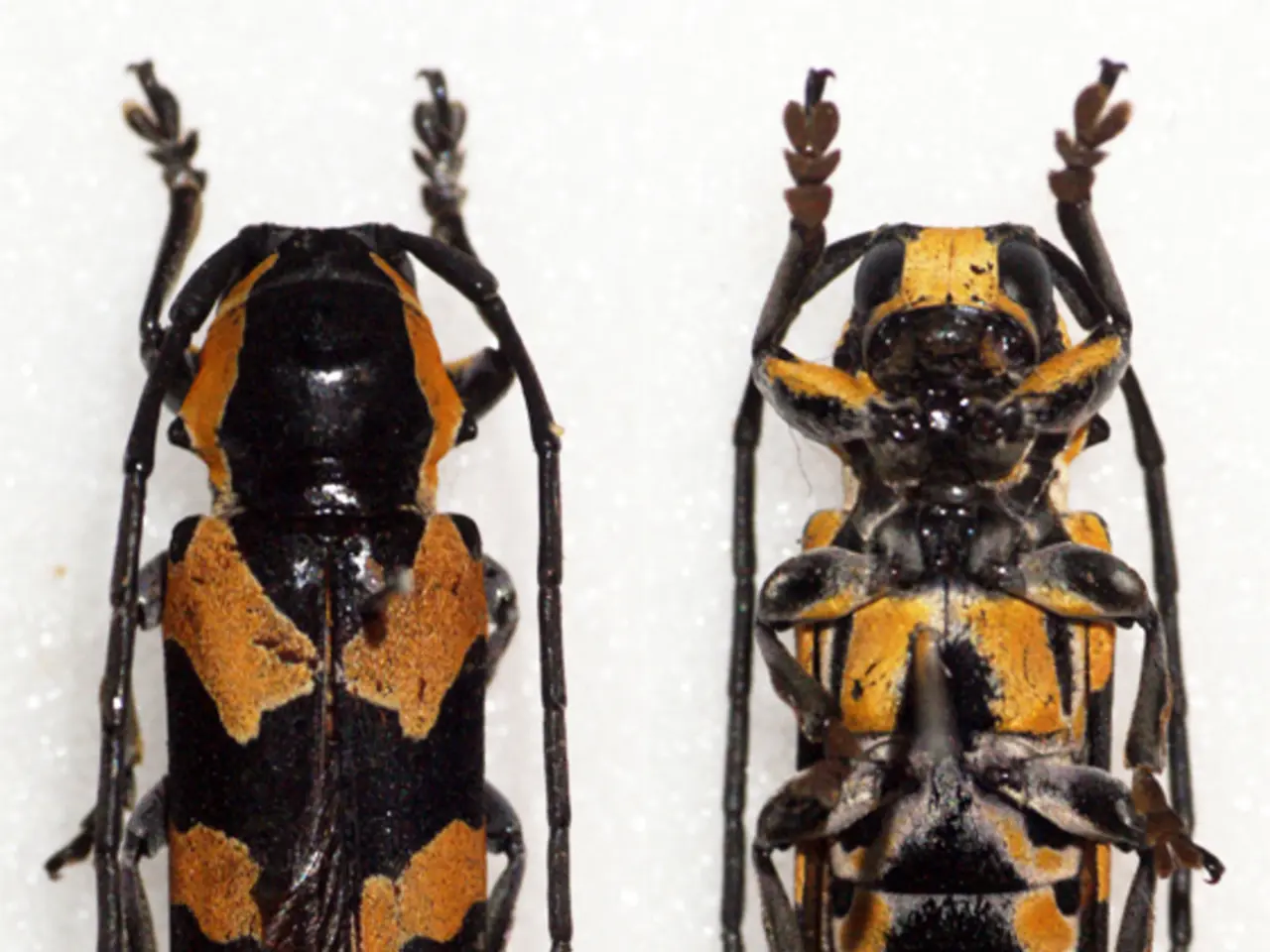Effective Methods for Pest Exclusion at Home
Staying on top of pest control in your home doesn't have to be a daunting task. By adopting an integrated, seasonally adjusted approach, you can effectively maintain a pest-free environment all year round. This strategy focuses on three core areas: sealing entry points, eliminating food and water sources, and maintaining cleanliness, with ongoing inspections and targeted treatments.
Key Preventive Measures
Seal Entry Points Thoroughly
Inspect and seal all gaps, cracks, and holes around windows, doors, foundations, and utility penetrations using appropriate materials like caulk, weatherstripping, or steel wool plus caulk for rodents. Repair or install tight-fitting screens on windows, doors, and vents to prevent flying insects from entering.
Eliminate Food and Water Sources
Store all food, including pet food, in airtight containers. Clean kitchen surfaces promptly to remove crumbs and spills. Fix plumbing leaks and address moisture issues such as condensation, poorly draining gutters, or damp basements and crawl spaces. Remove standing water outdoors to reduce mosquito breeding grounds, especially in summer.
Maintain Cleanliness and Reduce Pest Habitat
Regularly clean less accessible areas (behind appliances, inside cabinets, storage areas). Clear leaf piles, debris, and overgrown vegetation near your home’s foundation which can harbor pests. Conduct monthly pantry checks to remove old or infested food and wipe shelves clean. Store firewood and seasonal decorations away from the home to prevent rodent harborage in fall.
Seasonal Adjustments for Year-Round Effectiveness
- Spring: Conduct a deep cleaning and inspection for cracks; treat proactively for early pest activity.
- Summer: Increase vigilance around food cleanup, outdoor dining areas, and garden maintenance to combat peak insect activity.
- Fall: Focus on sealing all entry points, removing outdoor debris, and storing firewood properly to deny pests winter shelter.
- Winter: Concentrate on moisture control indoors, inspect insulation for nesting, store food properly, and deploy traps if needed.
Natural and DIY Solutions
Use homemade repellents like a mixture of water, white vinegar, dish soap, and essential oils (peppermint or eucalyptus) to deter ants and crawling insects. Organic deterrents such as coffee grounds or citrus peels around entryways can also help repel insects naturally and enrich soil if in garden areas.
Summary Table of Year-Round Pest Prevention
| Preventive Aspect | Year-Round Action | Seasonal Focus Highlights | |-----------------------|-------------------------------------------------|--------------------------------------------| | Seal Entry Points | Caulk gaps, repair screens, weather-strip doors | Spring & Fall for inspections and sealing | | Food & Water Control | Airtight storage, fix leaks, remove spills | Summer for food cleanup and water removal | | Cleanliness | Monthly pantry cleaning, clear debris, clean hidden areas | Fall yard cleanup; winter reduced cleaning but moisture control | | Outdoor Maintenance | Trim vegetation, remove leaf piles | Summer for garden care; Fall debris removal| | Natural Repellents | DIY sprays, coffee grounds, citrus peels | Use primarily in warmer months | | Inspection & Monitoring| Year-round with intensification in Spring/Fall | Adjust focus for active pests |
Implementing this combination strategy with regular, seasonal adjustments will make your pest prevention more effective, reducing pest pressure and infestation risks throughout the year. Considering professional pest control services can provide additional support in keeping homes pest-free.
Remember, a clean home is less attractive to pests, with regularly cleaning the kitchen, bathroom, and pet feeding areas being essential. Sealing potential entry points, such as gaps and cracks around doors, windows, and foundations, is the first line of defense against pests. Happy pest-free living!
Maintaining a pest-free lifestyle at home requires a combination of year-round efforts and seasonal adjustments. Incorporate home-and-garden practices such as sealing entry points, eliminating food and water sources, and maintaining cleanliness to create an unfavorable environment for pests. Regularly clean areas like the kitchen, bathroom, and pet feeding areas to minimize attraction for pests, and consider natural repellents like homemade sprays, coffee grounds, or citrus peels. For optimal results, consider professional pest control services while following a seasonally adjusted strategy.




